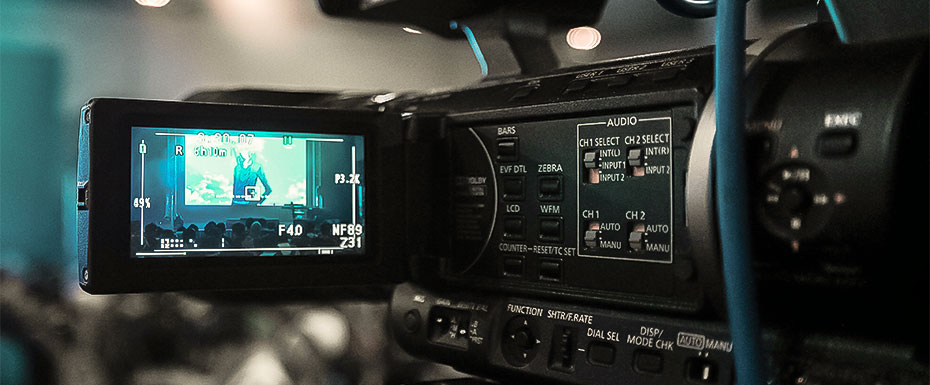
Short Films: a Bit of History, the Filming Process, Differences from Feature Films, Famous Representatives
Short films as a form of cinematography stood at the origins of the creation of cinema as we know it today. With the development of technology and the emergence of full-length films, they fell into decay for a while, but they could regain their former popularity over time. But let’s talk about everything from the beginning and in order.
The Early Days of Short Films
The art of bringing a sequence of pictures to life on a screen originated in the late 19th century. Then the American inventor Thomas Edison (the one who had a hand in creating an electric light bulb and a phonograph) presented a kinetoscope to the public. And although this device could entertain only one viewer and show the change of several images that made up one scene, the beginning was laid. Within ten years, the creations of filmmakers evolved to tapes with multiple cuts on the big screens.

At first, the audience in the cinema hall could follow scenes like a moving locomotive with genuine enthusiasm. Very soon, they could laugh, sympathize, and be frightened of the more complex stories that were shown to them in cinemas. If you want to feel the viewers’ emotions when watching the first short film, pay attention to the short film A Trip to the Moon by Georges Méliès, filmed in 1902.
Gradually, the length of the films increased from a few minutes to fifteen, and already in 1915, the first full-length film was shot with a duration of 3(!) hours. Its success made it clear to people working in the film industry that this is a real gold mine. However, short films still managed to achieve popularity in that short time, approximately between 1910 and 1920. Charlie Chaplin was the undoubted reason for the success of first short films and then full-length ones.
However, having been defeated in the battle with long films, the short film genre gradually migrated to animation and cartoons for children. By the mid-20th century, Disney and Warner Bros. Entertainment had built their empires thanks in large part to such products. And with the advent of television, their positions only strengthened, and the audience’s love continued to grow.
Short Films and Trends Today
Pretty quickly, short films have taken on an experimental character and have become the favorite type of filming for many aspiring filmmakers. In order to express their creativity, many famous personalities have also resorted to it, such as Andy Warhol and Michael Jackson.
While feature films have become economically viable and incredibly successful at the box office, short films have found a place in numerous international film festivals where they receive awards every year. You can collect the tops of short films by referring to the list of nominees for such prestigious festivals as Cannes Film Festival, Sundance Film Festival, Palm Springs International ShortFest, Berlin Film Festival, Venice Film Festival, etc.

Differences from Feature Films Plays in Favor of Short Films
The first and understandable difference between a short film and a feature film is its duration – here, the standards differ depending on the festival’s requirements where they will be shown. Typically, the average length of such a film does not exceed 20-30 minutes. In some cases, a length of 50 minutes is allowed.
The process of making the short film is not much different from the full-length format. It starts with developing an idea and writing a script for a future film, then preparing for filming, searching for locations, casting, and preliminary work with actors before filming begins. The footage is transferred to post-production, where it is edited; graphics, color correction, and voice acting are adjusted.
However, filming a short film is a much smaller event in scale than a two-hour film, for example. Therefore, it does not require such a large budget, not much time, and personnel. Another important point is the equipment used for shooting. For example, South Korean director Park Chang-wook received the Golden Bear at the Berlinale for his short film Night Fishing, filmed on a smartphone. Or take a look at the excellent Snow Steam Iron short by Zach Snyder.
Today, short films are not as commercially successful as full-length ones, but they allow filmmakers to declare themselves to the world. Despite the lower complexity of the filming process, short films must be based on a powerful idea, the essence of which must be aptly shown on the screen in some ten minutes. Short films hit the heart and make people think about many social and personal topics and issues. Undoubtedly, this format will never lose its beauty and relevance.





